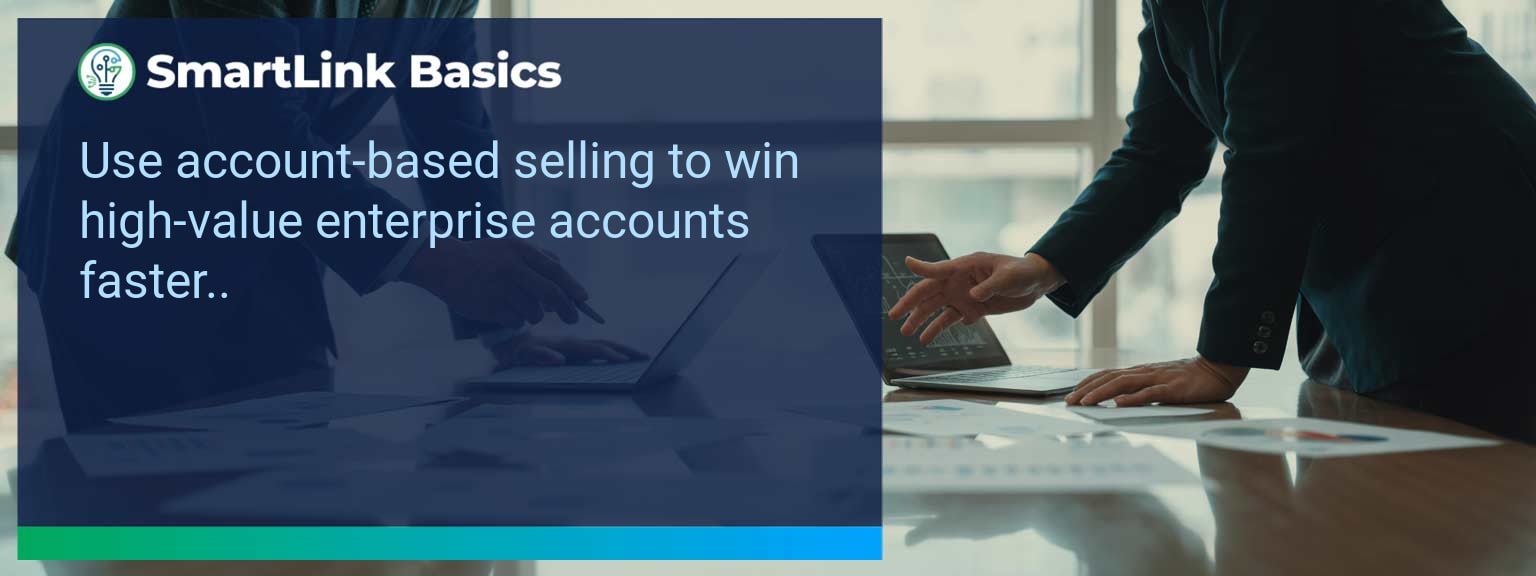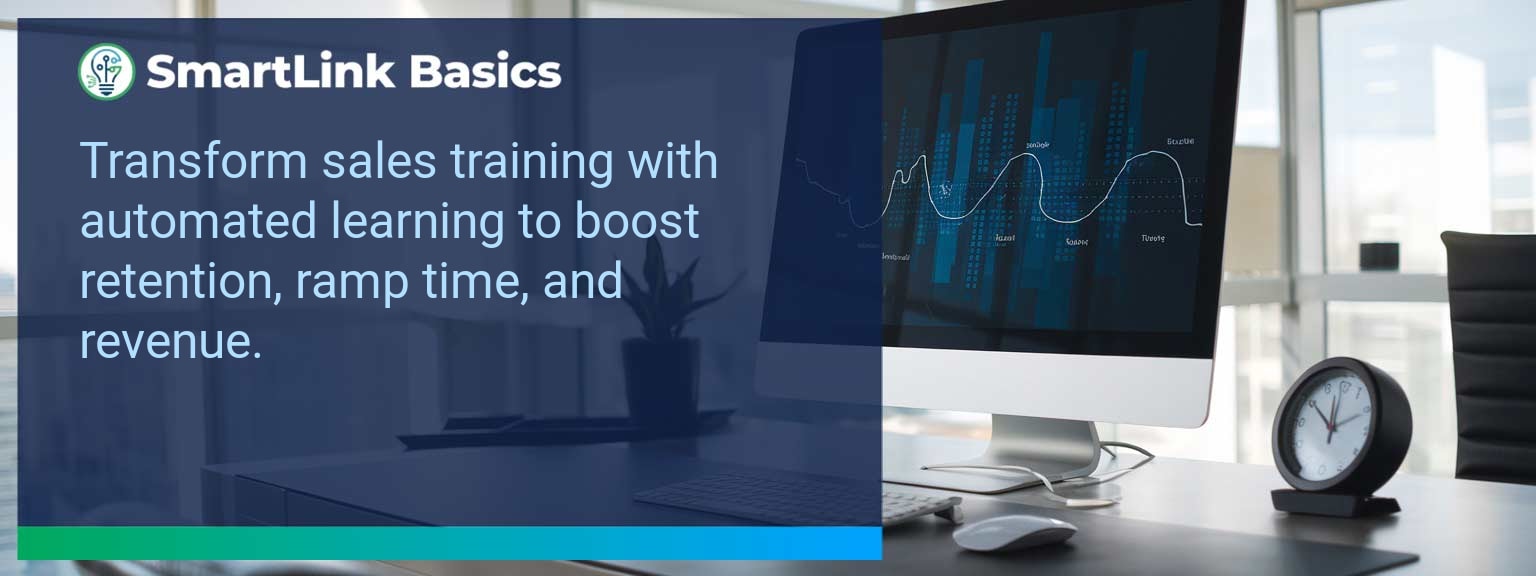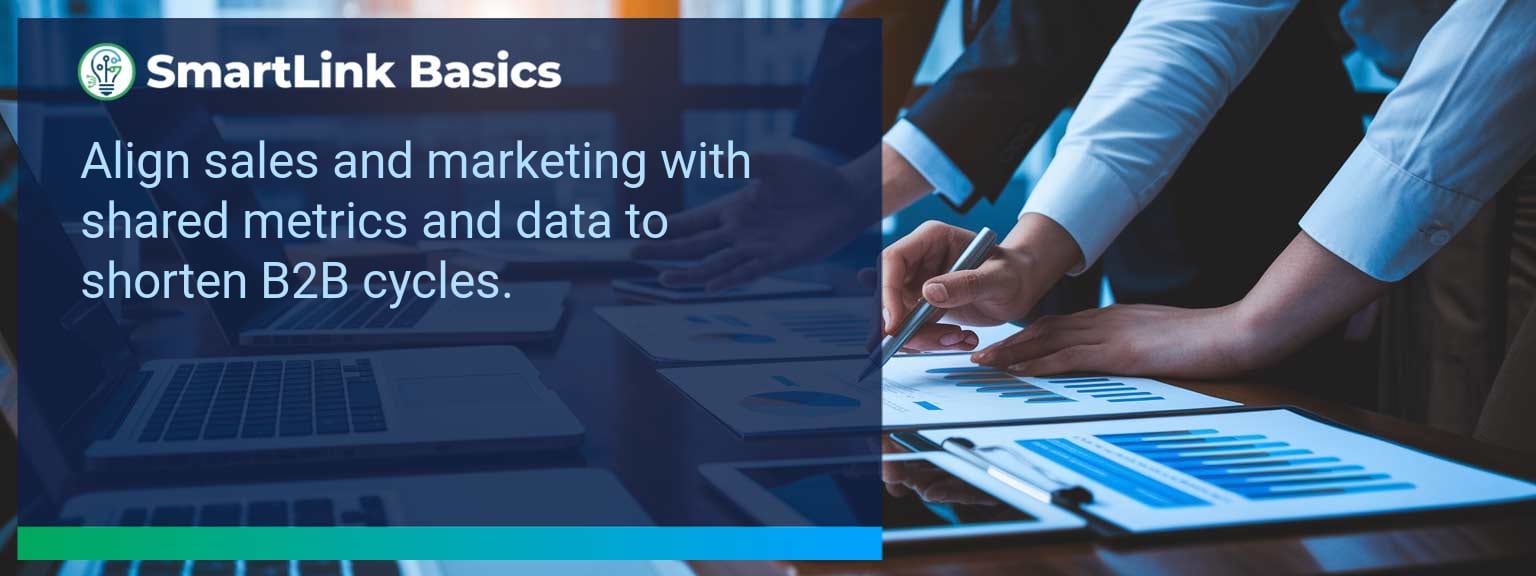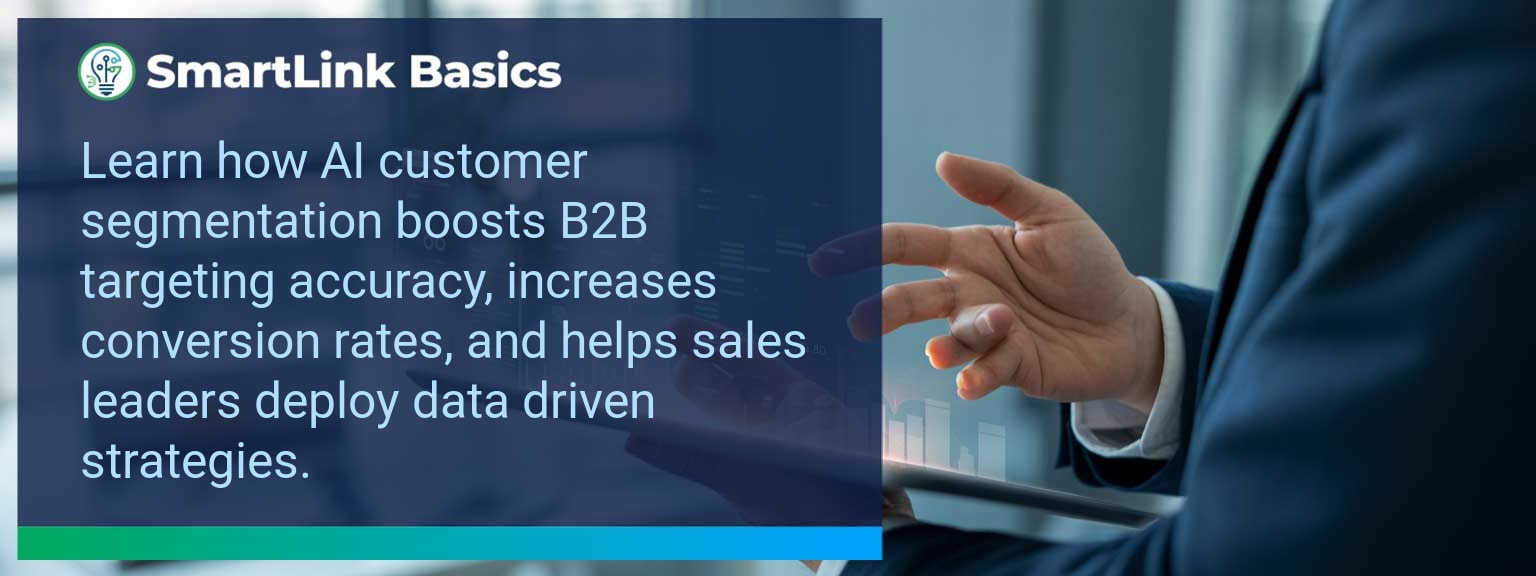Industry data shows that organizations adopting AI-driven automation achieve cost reductions of up to 30% while accelerating sales cycles by 20% or more (McKinsey, 2024). For sales leaders, AI automated workflows now define competitive advantage, enabling teams to reallocate time from repetitive tasks to high-value engagements. At SmartLink Basics, we help decision-makers implement these systems strategically, ensuring they integrate with existing revenue operations. In this article, you’ll see how AI automated workflows power business outcomes, the common obstacles that slow adoption, and practical steps to optimize processes. You’ll walk away with proven examples, a 90-day action blueprint, and measurable KPIs to track results.
- Automate repetitive administrative and CRM updates with AI.
- Integrate machine learning to personalize outreach at scale.
- Streamline approvals, quotes, and contract workflows for speed.
- Use predictive analytics to prioritize sales opportunities.
- Track adoption and performance with targeted metrics.
AI Automated Workflows: What Changed and Why It Matters
AI adoption has shifted from experimental to operational, making automated workflows a standard in high-performing sales organizations. The real advantage lies in combining workflow automation with artificial intelligence workflows to optimize every step of the revenue process. Sales leaders now use AI to synchronize touchpoints, reduce manual inputs, and ensure faster execution. For example, a B2B SaaS leader introduced automated lead enrichment and routing, cutting qualification time by 60%. Actionable insight: Audit processes for time-intensive handoffs and apply AI where repeatability is high.Redesign the Revenue Operating System With AI Automated Workflows
ICP, Segmentation, and Targeting AI-enabled segmentation uses historical wins, firmographic, and behavioral data to dynamically update ICP profiles. This ensures targeting precision without quarterly re-work. Pipeline Architecture Automated workflows push opportunities through the right stages based on engagement signals. AI flags at-risk deals for intervention. Plays and Messaging Integrated automation tools deliver personalized sequences based on buyer activity, increasing relevance at every touchpoint. Operating Cadence AI schedules follow-ups, forecast calls, and account reviews based on actual pipeline movement rather than static calendars. Actionable insight: Implement automation that adapts in real-time to both internal and buyer-driven events.Common Obstacles To Achieving Seamless Automation
The most frequent challenges are fragmented systems, inconsistent data quality, and cultural resistance. Without a unified data layer, automation amplifies errors rather than solving them. Coca-Cola Europacific Partners reported needing a full data governance upgrade before AI could improve sales workflows. Leaders must first assess infrastructure readiness and train teams to trust AI-influenced recommendations. Actionable insight: Before deployment, establish clean data practices and a single source of truth.Implementing AI To Optimize Workflows
Effective deployment of AI process optimization starts with mapping current-state processes, identifying friction points, and matching them with automation tools. For example, automating proposal generation based on CRM opportunity data can reduce turnaround from three days to one hour. Solutions combining business process automation platforms with machine learning integration enable continuous performance improvement. Actionable insight: Pilot in one high-impact stage, measure, and then expand.Tangible Benefits From Automated Processes
The benefits extend beyond time savings — sales leaders gain a scalable system. Tangible outcomes include faster quote-to-close, higher lead conversion, and better forecast accuracy. A manufacturing firm implemented AI-assisted order processing and cut errors by 40%, improving on-time delivery rates. Actionable insight: Track both speed and accuracy to measure workflow automation effectiveness.Metrics That Matter
| Category | Metric | Definition | Target |
|---|---|---|---|
| Leading | Workflow Completion Rate | % of automated sequences executed without manual intervention | 95%+ |
| Leading | AI Suggestion Adoption Rate | % of AI-generated action recommendations executed by reps | 80%+ |
| Lagging | Cycle Time Reduction | Decrease in time from lead entry to closed-won | 20%+ |
| Lagging | Revenue Per Rep | Average sales revenue generated per sales rep per quarter | +15% YoY |
| Quality | Automation Error Rate | % of workflows that trigger incorrect outcomes | <1% |
| Quality | Customer Satisfaction Post-Automation | Average CSAT score after automation implementation | ≥ 4.5/5 |
Innovations And Next Steps For AI Automation
Emerging capabilities like AI-generated playbooks, intent-driven dynamic routing, and integrated AR for virtual product demos are shaping the next wave of sales automation. Companies integrating these tools early will outpace competitors in speed and personalization. Actionable insight: Stay ahead by testing emerging automation features quarterly and aligning them with evolving buyer expectations.Get the 90-day plan, coaching rubric, and dashboard template to operationalize AI in your enablement program.
Turning AI Automation Into a Revenue Multiplier
AI automated workflows are now a strategic lever for predictable, scalable growth. This guide outlined current applications, adoption challenges, a 90-day execution plan, and measurable success criteria. To make automation pay off, sales leaders should integrate tools into one cohesive operating system and review results monthly for continuous improvement. Access more AI-driven sales enablement resources from SmartLink Basics to design a high-performance automation strategy. High-performing sales teams waste up to 50% of their time on leads that will never close, according to Gartner research. SmartLink Basics emphasizes that in the AI-driven sales era, this inefficiency is no longer acceptable. The sophistication of AI Lead Scoring allows revenue leaders to allocate time and resources with surgical precision. This article examines how AI-powered lead prioritization works, why it can significantly improve conversion rates, and how to implement it in your sales operating model. You will learn how to diagnose lead qualification gaps, redesign your scoring process, select the right lead scoring software, and measure real-world results without guesswork. By applying these insights, sales leaders can engineer a predictable, scalable system for closing more deals in less time.- AI Lead Scoring uses predictive models to rank leads by conversion likelihood.
- Improves rep focus on high-probability opportunities.
- Integrates customer segmentation and behavioral data.
- Enables consistent, data-backed qualification standards.
- Increases sales conversion optimization through better targeting.
Identifying The Gaps In Lead Qualification
Many sales teams struggle with inconsistent criteria for qualifying leads, leading to wasted pipeline capacity. Without standardized scoring models, reps rely on intuition instead of data, resulting in inconsistent follow-up and missed opportunities. AI Lead Scoring eliminates these gaps by using machine learning to unify qualification logic across the organization. For example, a software company found that manual scoring identified only 40% of its true high-conversion prospects. After implementing predictive lead scoring, identification accuracy rose to 78%. To close qualification gaps, begin by auditing your current scoring rules. Compare them against closed-won data from the last year and identify variables with the highest correlation to conversion.Leveraging AI To Enhance Lead Scoring Accuracy
Accurate AI Lead Scoring combines demographic, firmographic, and behavioral signals to predict deal success. Unlike static models, AI-driven systems refine their algorithms continuously based on new conversion data. This gives sales leaders a dynamic, always-current qualification engine. A B2B SaaS provider, for instance, integrated AI in sales tools to monitor website engagement, email responses, and proposal acceptance rates. These data points fed the model, improving prediction accuracy and boosting sales conversion optimization by 22% over six months. For effective adoption, your team should feed the AI clean, complete CRM data. Dirty or incomplete data erodes scoring accuracy and erases the compounding benefits of machine learning for sales.Measuring The Impact On Conversion Rates
To justify AI Lead Scoring ROI, leaders must track both leading and lagging pipeline health indicators. These include rep focus metrics, activity quality measures, and conversion outcomes. Avoid the trap of measuring outputs only; track inputs that lead to future wins. A telecommunications firm ran a 90-day pilot, monitoring sales funnel optimization metrics. By month three, lead-to-opportunity conversion rose 15%, and meeting-to-proposal speeds improved by 20%. Build your dashboard in a format that captures predictive lead scoring effectiveness, such as high-value lead follow-up rates, to ensure continued alignment between AI insights and rep execution.| Category | Metric | Definition | Target |
|---|---|---|---|
| Leading | High-Value Lead Follow-Up Rate | % of AI-prioritized leads contacted within 24 hours | 90%+ |
| Leading | CRM Data Completeness | Profiles with all required scoring fields populated | 95%+ |
| Lagging | Lead-to-Opportunity Conversion | Opportunities created ÷ total qualified leads | 30%+ |
| Lagging | Closed-Won Rate | Closed won deals ÷ total opportunities | 25%+ |
| Quality | Model Accuracy Index | Prediction accuracy vs. actual conversion results | ≥ 80% |
| Quality | Rep Adoption Rate | % of reps actively using AI lead scoring insights | 85%+ |
Future Trends In AI-Driven Sales Strategies
AI-powered sales automation will increasingly integrate real-time buyer intent signals, enabling reps to act before competitors even identify the opportunity. Customer segmentation will evolve from static profiles to fluid, behavior-triggered clusters, allowing treatments that change as buyer psychology does. We are moving toward unified sales intelligence platforms combining AI Lead Scoring, conversational analytics, and adaptive pipeline plays. These systems will continuously self-optimize based on every interaction captured. Sales leaders should experiment with these tools now to build the internal capabilities necessary for full adoption. Accessing expert insights from SmartLink Basics can accelerate your readiness for this next wave of transformation. <Get the 90-day plan, coaching rubric, and dashboard template to operationalize AI in your enablement program.









